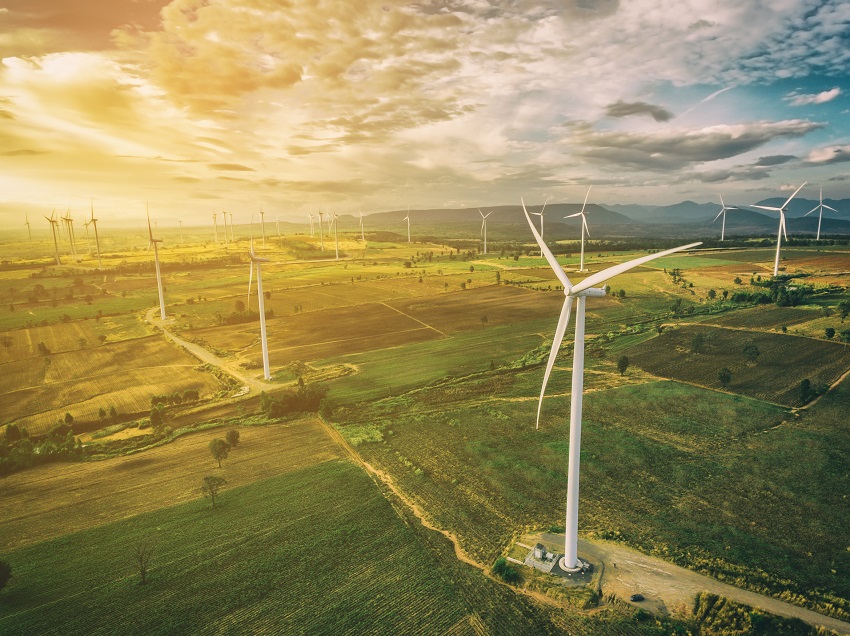
With energy emissions rising 0.9% year-on-year in the five years to 2020, there is a need for immediate and concrete policy action to accelerate decarbonisation across key energy sectors.
The latest Bloomberg NEF New Energy Outlook 2021 forecasts that the world must cut its carbon emissions to 30% below 2019 levels by 2030 and 75% by 2040 to reach net-zero in 2050.
According to BloombergNEF, the power sector will need to make the greatest progress over the next decade—reducing emissions by 57% from 2019 levels by 2030, and then 89% by 2040. Road transport emissions must fall 11% by 2030, then 80% below 2019 levels by 2040.
Getting on track for net-zero emissions in 2050 means deploying commercially available abatement technologies in key energy sectors this decade. More than three quarters of the effort to cut emissions in the next nine years falls to the power sector and to faster deployment of wind and solar PV.
In the New Energy Outlook 2021, BloombergNEF outlines three possible climate scenarios that meet net-zero emissions by 2050. In each scenario, a shift to electricity in the end-use economy is key to the transition. The scenarios also feature the rollout of decarbonisation technologies such as hydrogen, carbon capture and storage (CCS) and nuclear to complement clean energy developments.
- Green Scenario: Under this clean electricity and green hydrogen scenario, hydrogen must scale up rapidly to meet new demand for 1,318 million tons of hydrogen by 2050 and fulfill 22% of total energy consumption. Clean electricity will account for 61% of abatement, while hydrogen end-uses make up a further 14% of total abatement.
- Grey Scenario: In this scenario, abatement is likewise dominated by clean power, which accounts for 61% of total emissions reductions by 2050. Carbon capture solutions will play a pivotal role, capturing more than 174 gigatons of carbon dioxide over the next few decades leading up to 2050—with combined CCS in power generation and the end-use economy making up 18% of emissions reductions.
- Red Scenario: This clean electricity and nuclear net-zero pathway follows a similar trajectory to the Green Scenario, except for the deployment of small, modular nuclear to complement renewables in the power sector. The Red Scenario prioritises nuclear power, with 7,080GW of installed nuclear capacity by 2050. Just under half of that is used to generate electricity in the end-use economy, while the rest is made up of dedicated nuclear plants that power electrolysers producing "red hydrogen".
The report further highlights that investment in energy supply and infrastructure of up to $173 trillion will be required over the next 30 years. Annual investment will need to more than double to achieve this, rising from around $1.7 trillion per year today, to somewhere between $3.1 trillion and $5.8 trillion per year on average over the next three decades.
Find out more about the potential pathways for the journey to net-zero by reading the full BloombergNEF report.